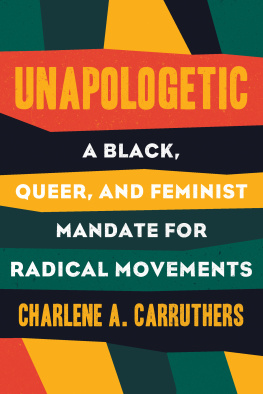Laura Warren Hill - Strike the Hammer: The Black Freedom Struggle in Rochester, New York, 1940–1970
Here you can read online Laura Warren Hill - Strike the Hammer: The Black Freedom Struggle in Rochester, New York, 1940–1970 full text of the book (entire story) in english for free. Download pdf and epub, get meaning, cover and reviews about this ebook. City: Ithaca, year: 2021, publisher: Cornell University Press, genre: History / Science. Description of the work, (preface) as well as reviews are available. Best literature library LitArk.com created for fans of good reading and offers a wide selection of genres:
Romance novel
Science fiction
Adventure
Detective
Science
History
Home and family
Prose
Art
Politics
Computer
Non-fiction
Religion
Business
Children
Humor
Choose a favorite category and find really read worthwhile books. Enjoy immersion in the world of imagination, feel the emotions of the characters or learn something new for yourself, make an fascinating discovery.

- Book:Strike the Hammer: The Black Freedom Struggle in Rochester, New York, 1940–1970
- Author:
- Publisher:Cornell University Press
- Genre:
- Year:2021
- City:Ithaca
- Rating:4 / 5
- Favourites:Add to favourites
- Your mark:
Strike the Hammer: The Black Freedom Struggle in Rochester, New York, 1940–1970: summary, description and annotation
We offer to read an annotation, description, summary or preface (depends on what the author of the book "Strike the Hammer: The Black Freedom Struggle in Rochester, New York, 1940–1970" wrote himself). If you haven't found the necessary information about the book — write in the comments, we will try to find it.
On July 24, 1964, chaos erupted in Rochester, New York. Strike the Hammer examines the unrestrebellion by the citys Black community, rampant police brutalitythat would radically change the trajectory of the Civil Rights movement. After overcoming a violent response by State Police, the fight for justice, in an upstate town rooted in black power movements, was reborn. That resurgence owed much to years of organizing and resistance in the community.
Laura Warren Hill examines Rochesters long Civil Rights history and, drawing extensively on oral accounts of the northern, urban community, offers rich and detailed stories of the areas protest tradition. Augmenting oral testimonies with records from the NAACP, SCLC, and the local FIGHT, Strike the Hammer paints a compelling picture of the foundations for the movement.
Now, especially, this story of struggle for justice and resistance to inequality resonates. Hill leads us to consider the social, political, and economic environment more than fifty years ago and how that founding generation of activists left its mark on present-day Rochester.
Laura Warren Hill: author's other books
Who wrote Strike the Hammer: The Black Freedom Struggle in Rochester, New York, 1940–1970? Find out the surname, the name of the author of the book and a list of all author's works by series.




